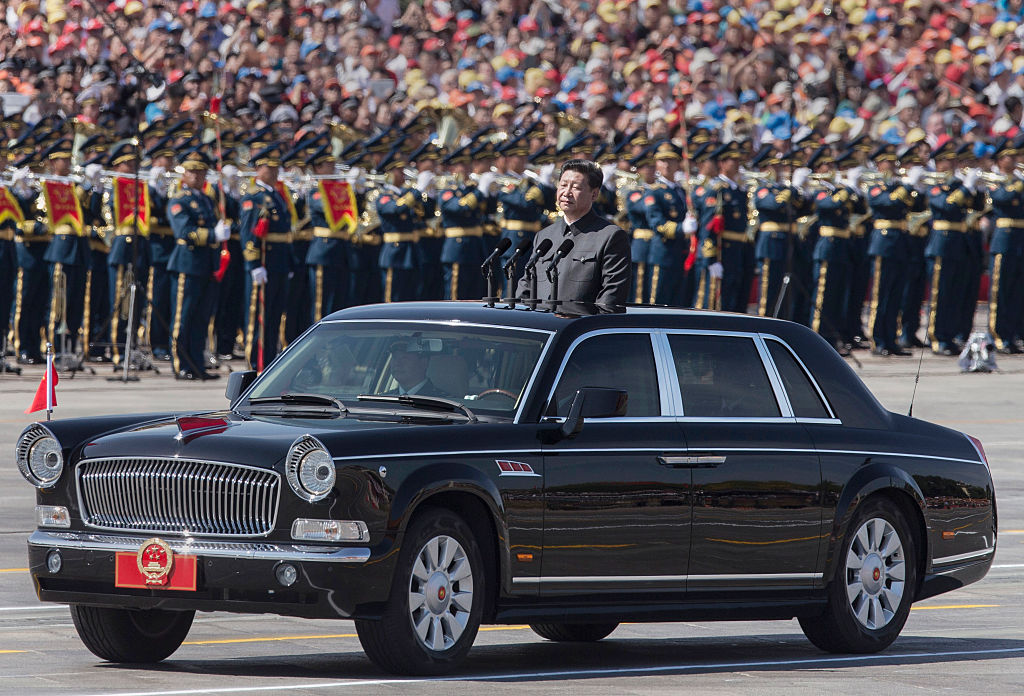Christine Lagarde is one of those people whose business is to know better than us what is good for us. Now she insists Europe’s economy needs migrants to grow. Speaking at the Federal Reserve’s annual symposium in Wyoming, the European Central Bank (ECB) chief portrayed foreigners as labour market saviours in an ageing continent. But this is a flimsy narrative, coined by elites blind to the costs.
The truth is that Europe can actually thrive without mass immigration, which slashes wages, strains societies, and drains funds better spent on boosting native birth rates.
Of course, Europe’s demographic challenge is more than real. Eurostat’s 2023 data shows a fertility rate of 1.5 children per woman, below the 2.1 replacement level. By 2100, 32 per cent of the population will be over 65, pressurising pensions and labour markets. But Lagarde’s migrant fix is highly problematic, ignoring smarter solutions.
Immigration’s economic boost is overstated. A 2024 Centre for Economic Policy Research (CEPR) study estimates it will only add 0.2 to 0.7 per cent to eurozone GDP by 2030. But migrants earn 30 per cent less than natives, again per CEPR data, letting employers offer lower wages. This harms local workers, especially the low-skilled, creating a cheap-labour trap.
Germany proves the point. Migrants drove 50 per cent of labour force growth since 2022, per ECB figures, but without them, GDP since 2019 would be only 6 per cent lower. That is a mere 1 per cent annually. However, firms lean on low-wage migrants instead of investing in automation or training. Already affected by the war in Ukraine, Europe risks stagnation by choosing cheap labour over innovation.
Social costs add up fast. According to the IMF, in 2022, the EU spent €18 billion on migrant integration, with fiscal burdens reaching 1 per cent of GDP in high-inflow nations. Schools and hospitals buckle under “congestion costs,” as CEPR notes. In Sweden, where migrants are 8 per cent of the population, crime in high-immigration areas rose 12 per cent from 2015 to 2020, fuelling unrest.
Those €18 billion could address Europe’s core issue: Low birth rates. Hungary’s 2019 family policies – tax breaks, childcare subsidies – lifted birth rates by 5.5 per cent in three years, per Eurostat. Redirecting migration funds to similar programs could spark a native baby boom. This would sustain workforces without wage suppression or migrant injections.
Wages suffer from migration. A 2019 study by economist Anthony Edo found immigration cuts native wages by up to 2 per cent short-term, hitting low-skilled workers hardest. In Spain, where in 2023 migrants were 18.1 per cent of residents, according the Fundación de Estudios de Economía Aplicada (Funcas), locals avoid low-paying jobs in hospitality and construction. Employers exploit this, keeping wages down and locals out.
Automation offers a better path. Japan, with a 1.3 fertility rate and minimal immigration, grows 1.5 per cent annually thanks to robotics and training. Europe could follow this example, upskilling natives instead of flooding markets with cheap labour. But it does not. Instead, it follows Lagarde’s plan, which wastes Europe’s potential.
The Western elites’ migration obsession reeks of double standards. They champion open borders while ignoring indigenous workers. Funds for migrants could rebuild families. Europe’s 419 million population by 2100, per Eurostat projections, needs no migrant influx – it needs innovation and babies.
European leaders should trust and empower their own citizens: Natives over foreigners. As for Lagarde’s migrant mantra, it is a diversion, as well as a false economic theory, which nonetheless remains common ground amongst progressives and globalists. Not only must we not buy it. We must debunk and cancel it. Elsewise, it is us who will be cancelled.





Europe and Ukraine: defeat of Moscow a miscalculation of Napoleonic proportions